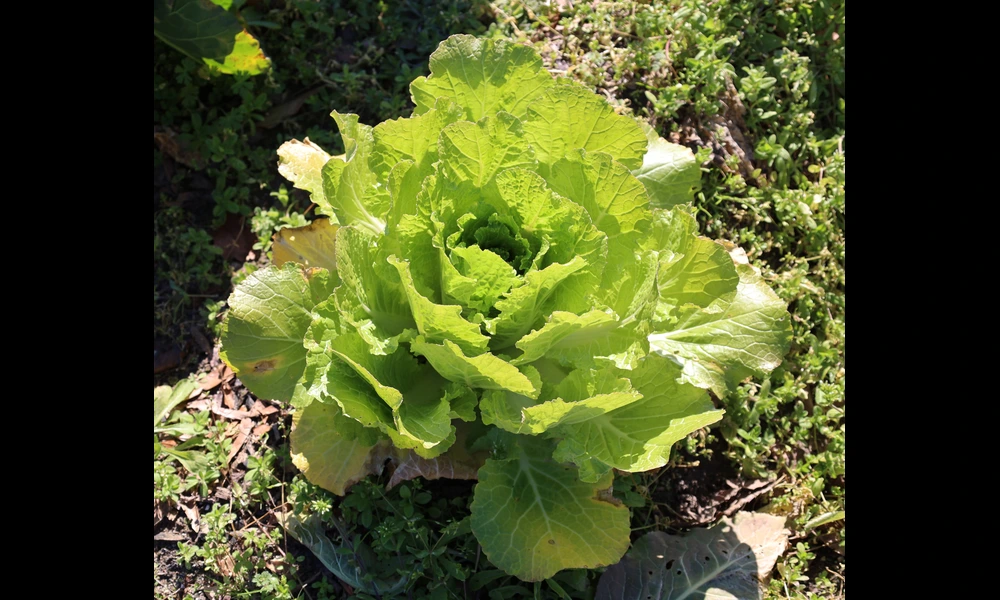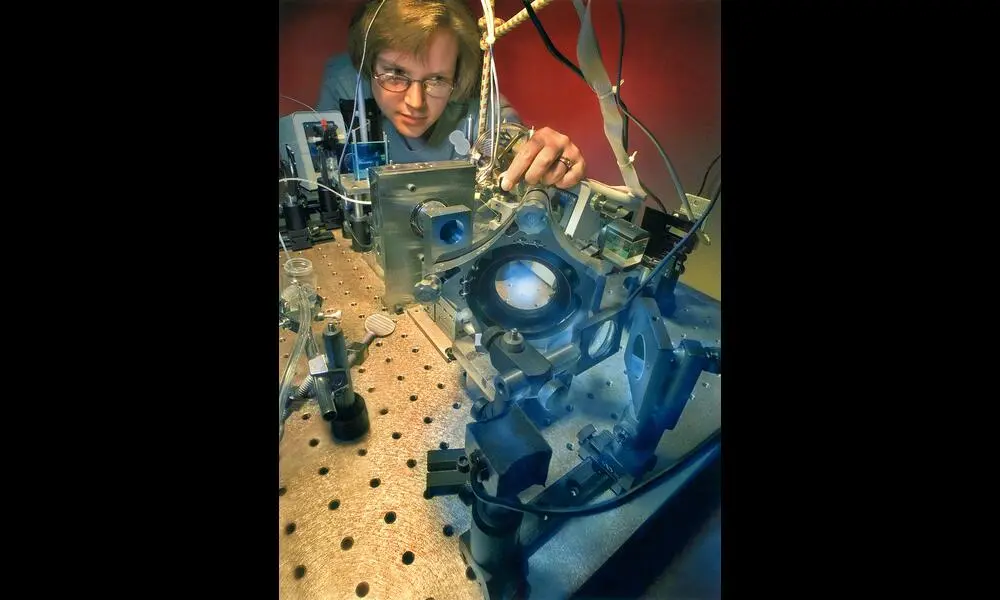Lettuce Seedlings Craft Their Own Microbiome
Published on Sat Jan 06 2024 Green Lettuce | Alabama Extension on Flickr
Green Lettuce | Alabama Extension on FlickrIn a groundbreaking (in more ways than one) preprint paper from scientists in Italy and Egypt, it has been discovered that lettuce seedlings have the remarkable ability to rapidly select and assemble their own microbiome from the surrounding environment. This pivotal research, "Lettuce seedlings rapidly assemble their microbiome from the environment through deterministic processes," delves into the intricate world of plant-microbe interactions right from the early stages of plant growth. By exposing lettuce seedlings to different soil microbial communities, the team found that within merely a week, these seedlings could establish their own distinct root and shoot microbiomes through a process predominantly dictated by selection rather than chance. This discovery could significantly alter our understanding of plant development and health, offering potential pathways towards more sustainable agricultural practices.
Finding Partners in a Microbial Haystack
Plants, like humans, live in close association with a community of microorganisms including bacteria, fungi, and viruses, which play a crucial role in their growth, health, and ability to ward off pests and diseases. However, the rulebook governing how plants select these microbial partners from the vast pool in their environment has remained largely a mystery. The study teams used a controlled environment with gnotobiotic (germ-free) lettuce plants to investigate this enigma. These plants were introduced to complex soil microbial communities to observe how their microbiomes would develop.
A Selective Process Governed by Plants
The researchers' findings challenge the previous notion suggesting that the assembly of a plant's microbiome during its early life stages might be a result of chance. Instead, they found evidence pointing towards a strong influence exerted by the plants themselves in shaping their microbiomes. Essentially, the lettuce seedlings were able to 'pick and choose' specific microorganisms from the soil, assembling their root and shoot microbiomes with remarkable efficiency and precision. This selective assembly was not influenced by the microbes inherited through seeds but was initiated when the seedlings were exposed to external soil microbiomes.
Implications for Agriculture and Beyond
This study sheds light on the intelligent mechanisms at play even in the earliest stages of plant life, emphasizing the ability of young plants to manipulate their environments to their advantage. Understanding these plant-driven selection processes opens up new horizons in agriculture, where leveraging such natural mechanisms can help develop crops that are naturally more resilient, productive, and sustainable. In a world grappling with the challenges of food security and environmental sustainability, insights like these offer hope and direction for more earth-friendly farming practices.
Furthermore, the findings underscore the importance of soil health and microbial diversity in supporting plant life, offering a strong argument for agricultural methods that maintain soil biodiversity. As we learn more about the dynamic relations between plants and their microbial companions, we step closer to harnessing the power of these interactions for the betterment of our ecosystems and food systems alike.



